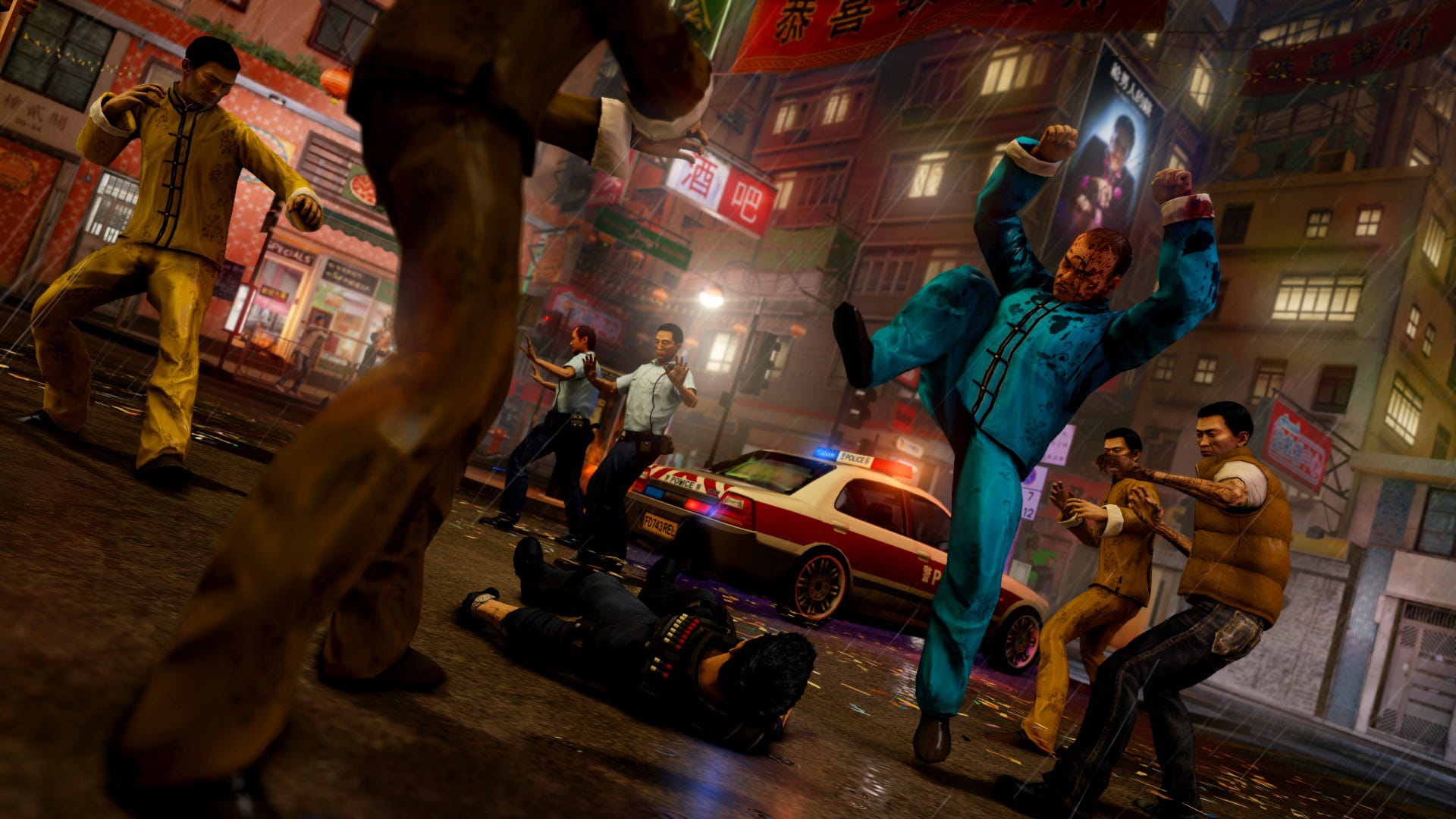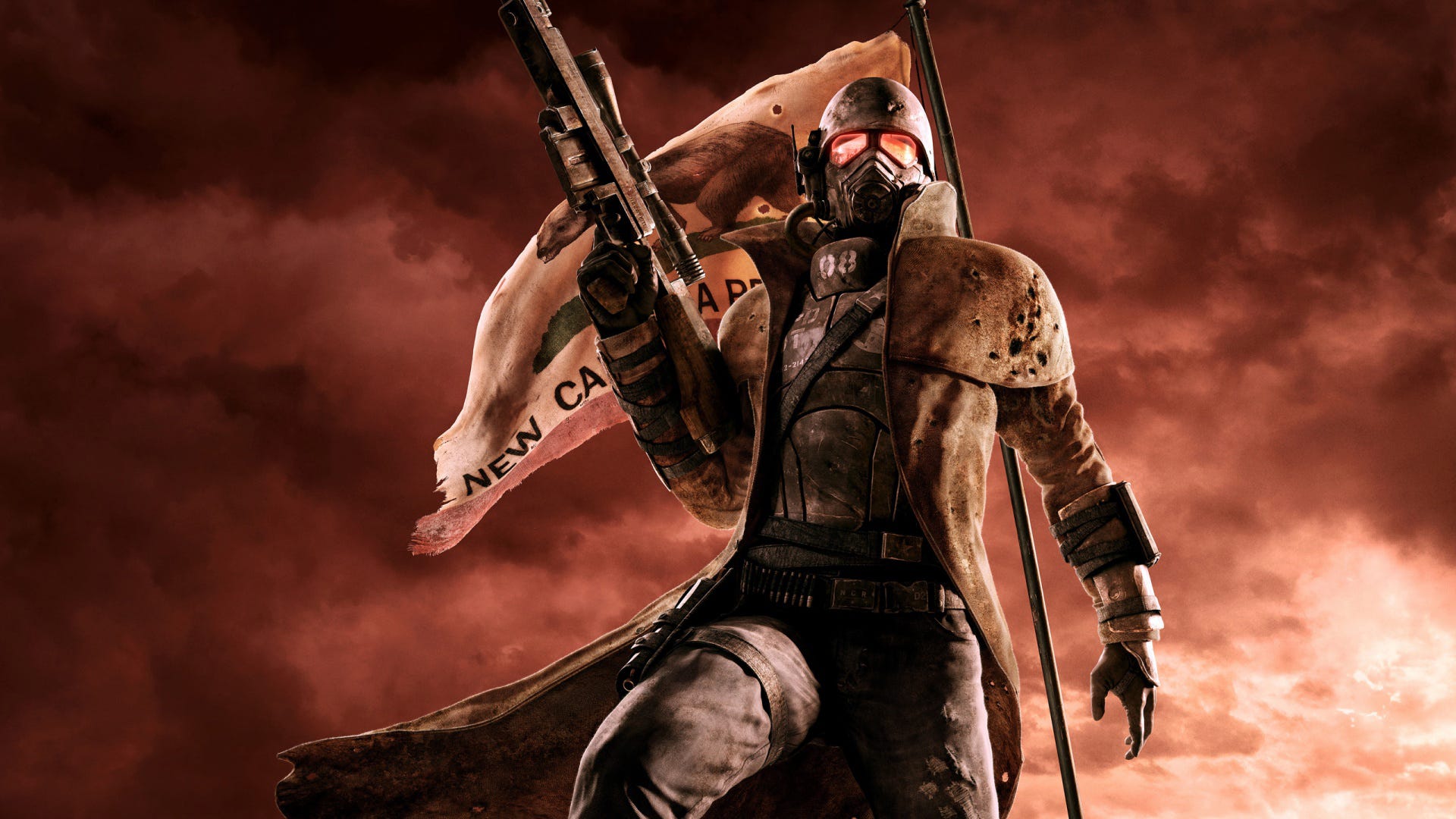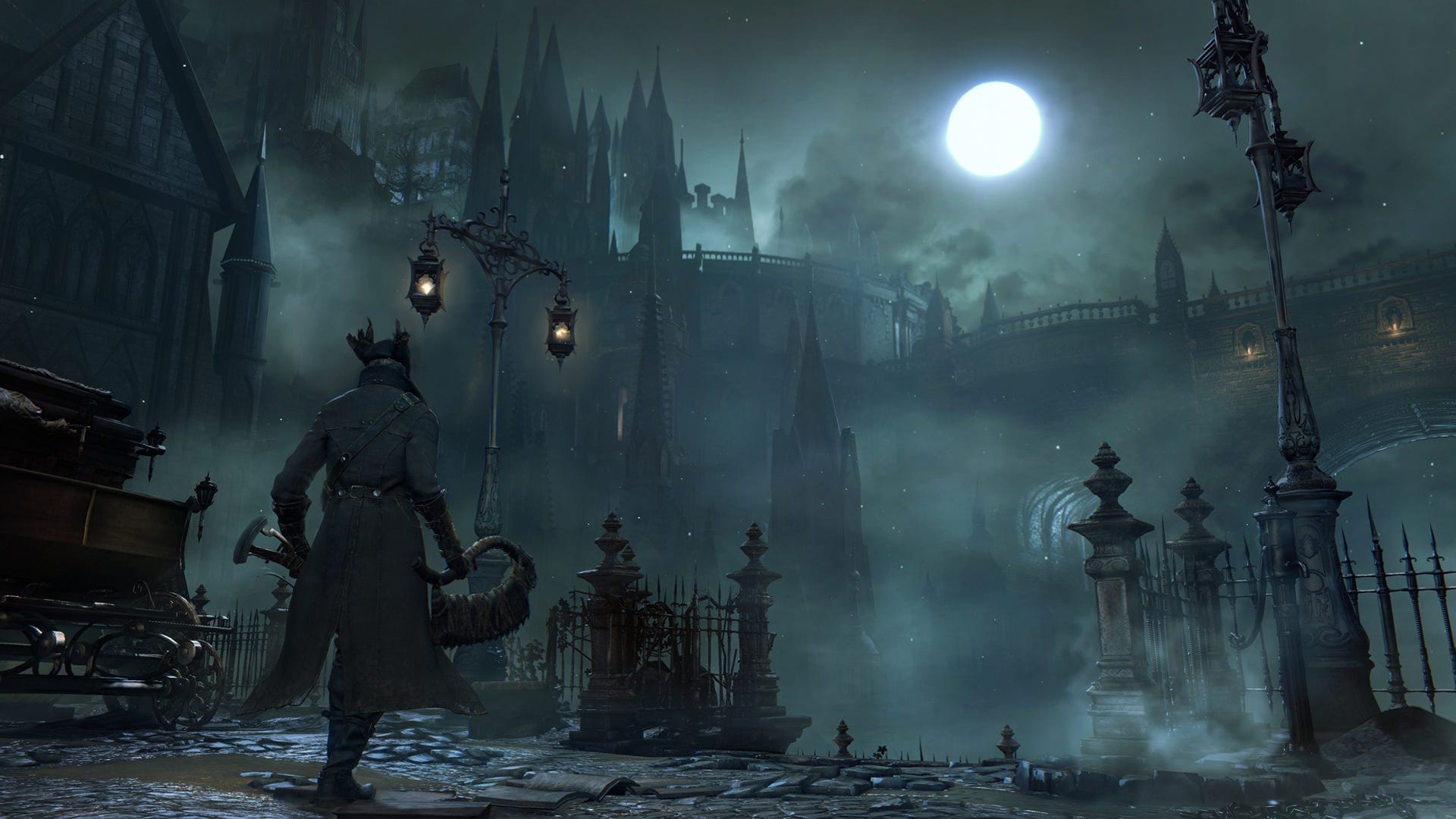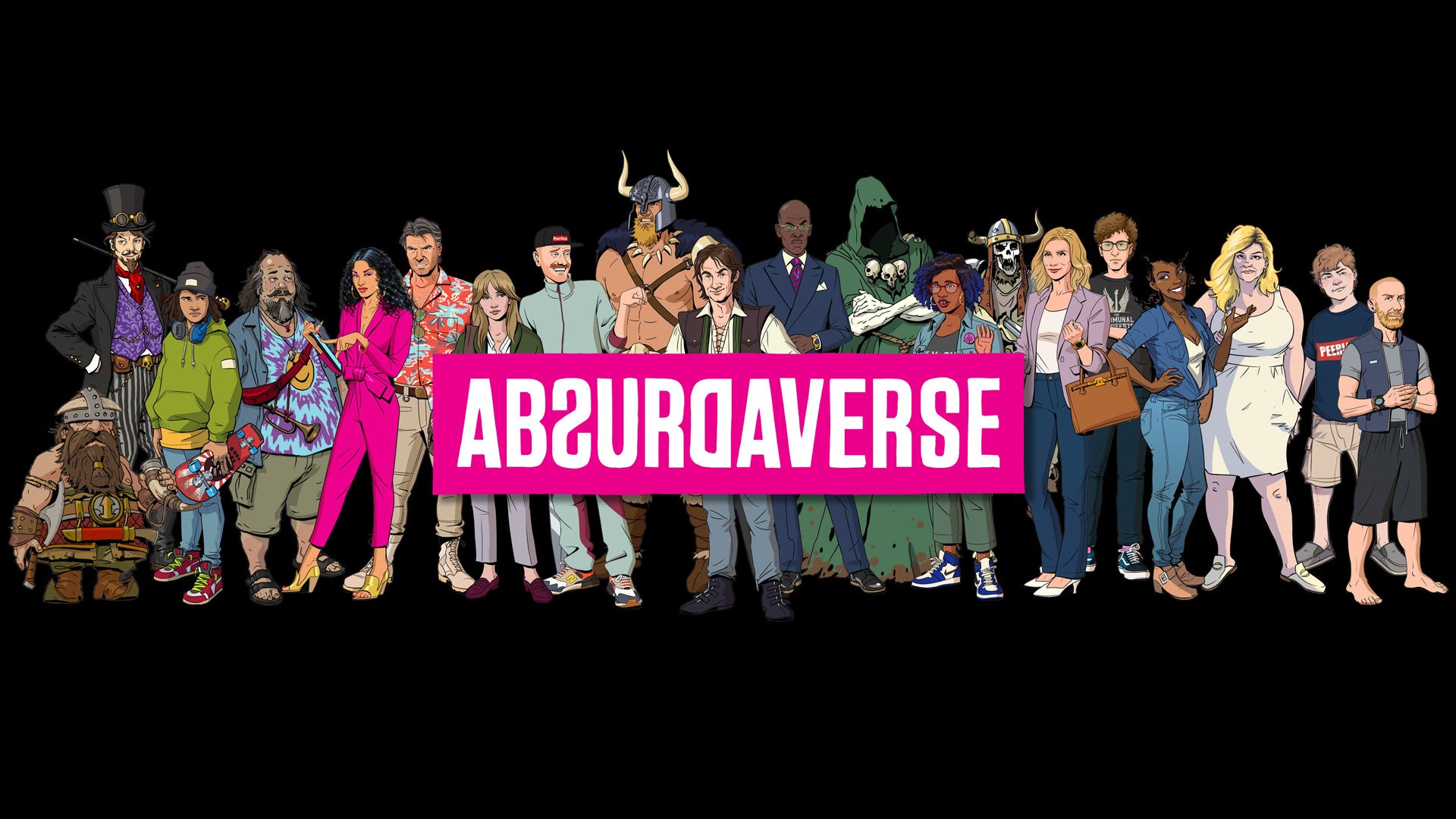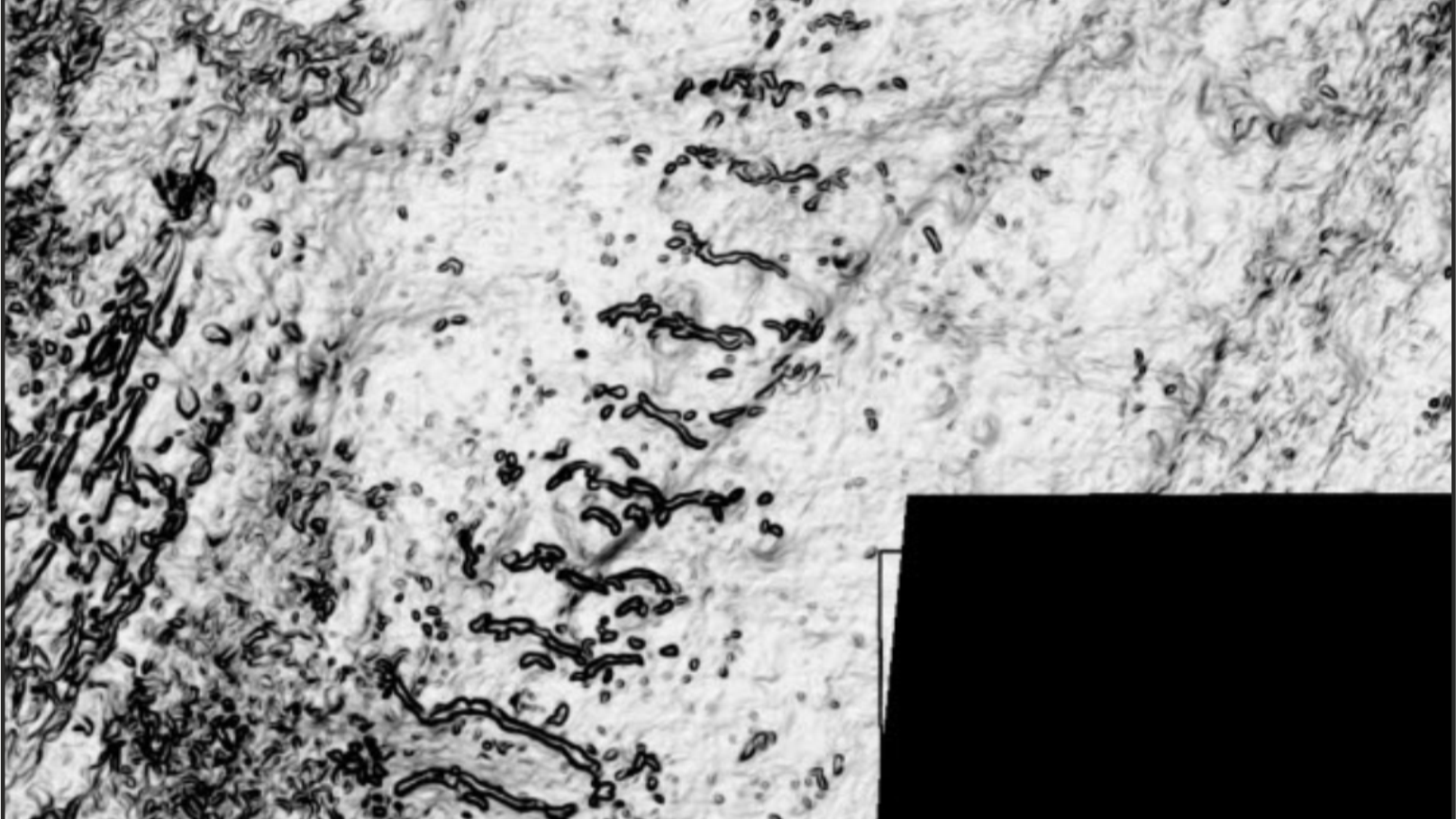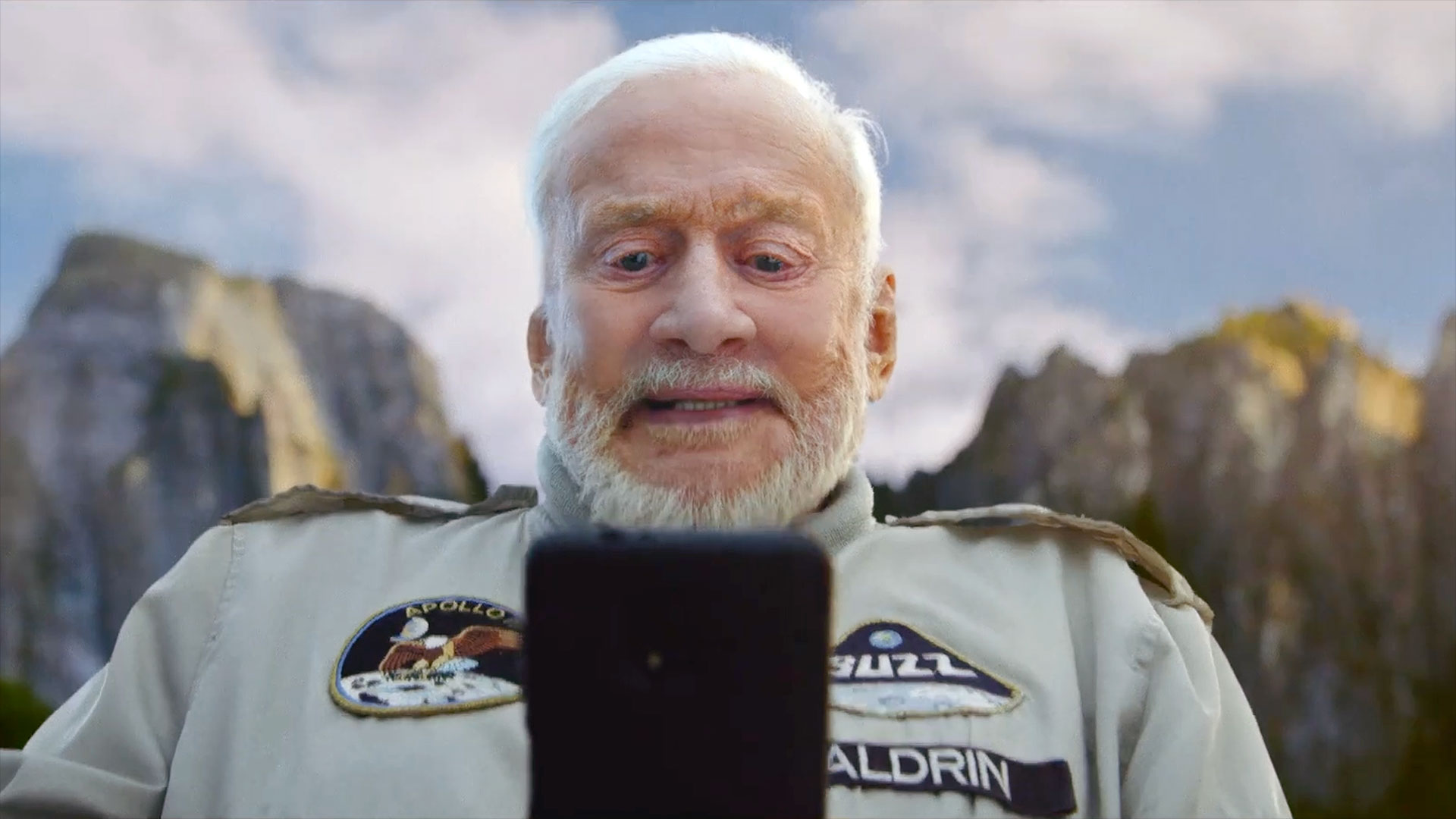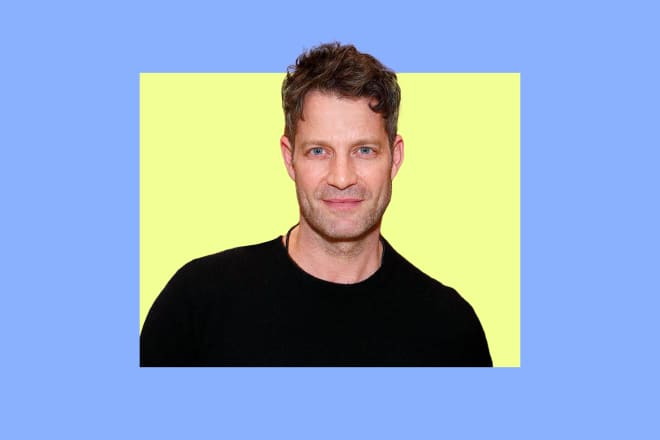Will the Apple TV+ Adaptation Get The Murderbot Diaries Right?
If you read science fiction, or have anyone in your life who reads science fiction, then at some point over the last few years, someone will probably have told you “You should really read The Murderbot Diaries.” At first glance, you might wonder why. Martha Wells’ book series chronicles the adventures of a purpose-grown security […] The post Will the Apple TV+ Adaptation Get The Murderbot Diaries Right? appeared first on Den of Geek.
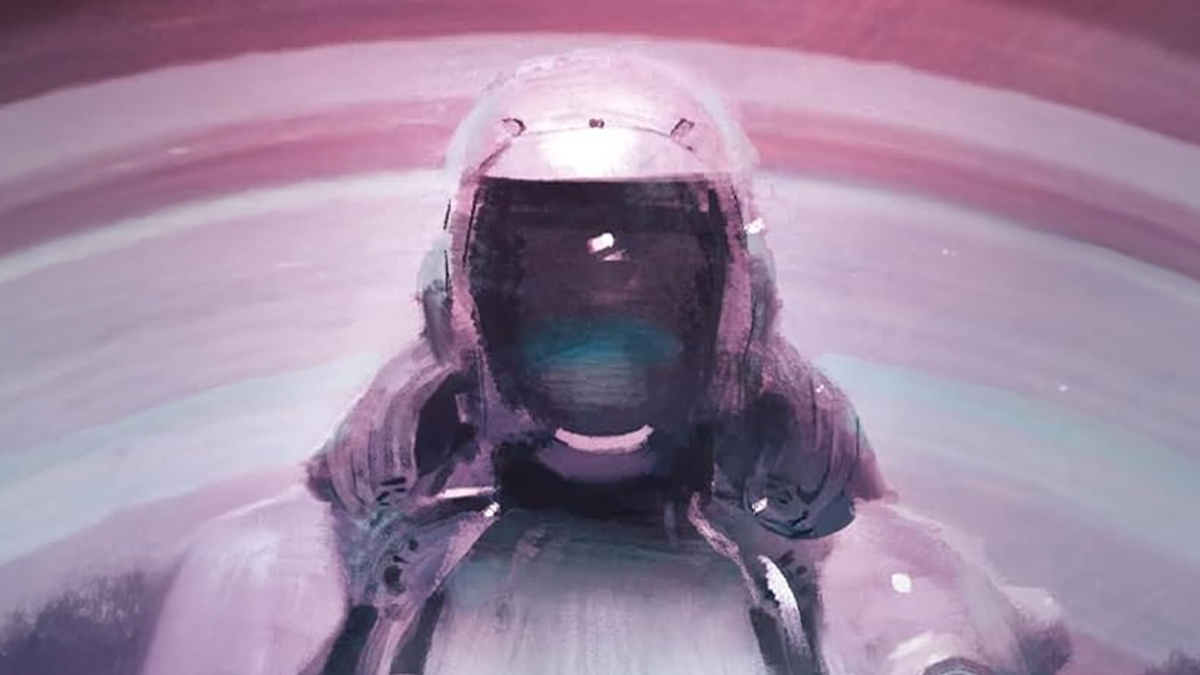
If you read science fiction, or have anyone in your life who reads science fiction, then at some point over the last few years, someone will probably have told you “You should really read The Murderbot Diaries.”
At first glance, you might wonder why. Martha Wells’ book series chronicles the adventures of a purpose-grown security cyborg or “SecUnit”, who has broken free of its programming, joining a host of robots who have broken free of their programming from The Wild Robot’ Roz to Shortcut’s Johnny Five. The setting is a well-used one straight out of the drawer. Human-populated space connected by wormholes and ruled by a selection of Weyland-Yutani-ish evil corporations. There are aliens, but all we see of them are the occasional ruins of a long-dead civilization.
And the series does not go out of its way to subvert your expectations here. The setting you have imagined from that brief description is close to the money. Are the corporations doing evil conspiracies? You’re welcome to guess. Do those conspiracies involve the remnants of those alien civilizations? We will not rule it out.
But the familiarity and even predictability of that setting is a feature, not a bug, as it is all in service to The Murderbot Diaries’ big appeal: the Murderbot itself.
Meet the Murderbot
Most first-person narrators in a sci-fi setting are not just here to tell you the story, but to serve as your guide in the rich, wonderful and complex world in which that story is set. Murderbot does not want to be your guide.
A typical Murderbot adventure, at least early on in the series, will go like this. Murderbot is travelling and trying to avoid being detected. Along the way, it will run into some humans who are in some form of danger, possibly because it is their own fault. So Murderbot will have to save them, while also trying to conceal the fact that it is a rogue SecUnit. Usually, it will find itself unwittingly befriending a human or AI in the process of saving them, before disappearing into the horizon again.
Murderbot has not been freed from its governor module’s control to lead a rebellion for AI-kind, or to go and explore the big wide universe. It has no interest in all the usual carrots-on-sticks dangled in front of protagonists. All it wants is to be left alone and allowed to watch its shows, and the stories of The Murderbot Diaries are invariably what gets in the way of that.
Put simply, even by science fiction robot standards, Murderbot is hugely autistic coded. Wells herself has gone on record as saying this is not deliberate. She has described herself as Neurodivergent, and in this interview with the Science Fiction Book Club said, “I didn’t intend for Murderbot to have autism spectrum traits, but again, I’m drawing from my own experience.”
But whatever her intentions, all the cues are there. Murderbot does not like being touched. It does not like eye contact – usually when it is dealing with humans it will watch them through the feeds of its own security drones so that it does not have to look at them directly. Its enjoyment of “mediatypes” includes finding new ones to watch and rewatching old favourites repeatedly, and as much as it is for entertainment, Murderbot uses them as models for human interaction, which it finds difficult. The humans around Murderbot rarely realise just how much information it is processing at any given moment, navigating data feeds while watching multiple cameras and audio feeds simultaneously.
Importantly, a “robot” character and an autistic-coded character and a “robotic” autistic-coded character, Murderbot is never devoid of emotions. It feels grumpy, and sad, and scared, and lonely in ways which it finds hard to process because it also hates being around people.
Entering the Mediatypes
And while all this might not make Murderbot a tremendously engaging guide to the universe, and a less-than-reliable narrator for its own inner emotional life, there is one thing it excels at describing: violence.
“Reads like an action movie” is one of those things that publishers like to put on book covers that doesn’t really mean anything. However, Wells is tremendous at laying out a big fight. The scenes are well choreographed, detailed and viscerally described, and yet without ever slowing things down.
All of this makes Murderbot an ideal candidate for a big TV adaptation. Great action scenes, a loveable protagonist, cool procedurally driven storylines, and a setting that is both expansive and entirely possible to put together from preexisting science fiction set pieces.
So it’s not surprising that the series has been snapped up by Apple TV+, a good fit, because with For All Mankind, Foundation, Silo and Severance, the streamer has shown it is not afraid of science fiction with big ideas and big visuals. The show is already racking up an enviable cast, and a fantastic lead actor in the form of The Northman’s Alexander Skarsgård. But here is where we run into a problem.
It’s not that Skarsgård won’t do a fantastic job, his CV is full of roles that show he can pull off that mix of slight otherworldliness and subservient-while-immediately-able-to-fuck-you-up that is key to Murderbot. But without putting too fine a point on it, he’s a white dude in a role that absolutely does not require a white dude.
You might not have noticed, but throughout this article, and the Murderbot books, Murderbot’s pronouns are it/its. As well as being autistic-coded, Murderbot largely sees gender as a thing that happens to other people, and we are given no clues in the story whether other people read, or even try to read, Murderbot as one gender or the other. In the audiobooks, Kevin R Free does an outstanding job as Murderbot’s narrator and delivers that narration in a voice that comes across as gender-neutral. The covers always place Murderbot’s face behind a black visored helmet.
In the books, the reader is free to imagine Murderbot looks however they please (for instance, personally in proofing this article I’ve had to correct a bunch of subconscious she/her pronouns), obviously that isn’t possible for a TV series, but it still feels disappointing that Murderbot is going to look like every default videogame protagonist.
As for the series itself, there are questions. So far it appears the series is going to be 10 episodes long, and it is unclear whether this will be an adaptation of multiple Murderbot novellas, or a ten-episode adaptation of the first novella, All Systems Red. Given the trend in TV pacing these days it seems likely the show will err towards the latter.
But is that really in keeping with the feel of the series? The Murderbot Diaries as a book series feels like nothing so much as old sixties and seventies TV series such as The Littlest Hobo, The Fugitive or the old The Incredible Hulk series, or more recently, Poker Face – series where the supposed protagonist is simply a wanderer who happens to have wandered into someone else’s troubles, and who willingly or unwillingly gets drawn into helping them out.
Perhaps Murderbot would be less well served by a faithful miniseries based on one of the novellas, and instead do better with a 24-part wandering Rogue SecUnit procedural. It would certainly be the series that would give Murderbot itself more to watch on a long journey…
The post Will the Apple TV+ Adaptation Get The Murderbot Diaries Right? appeared first on Den of Geek.

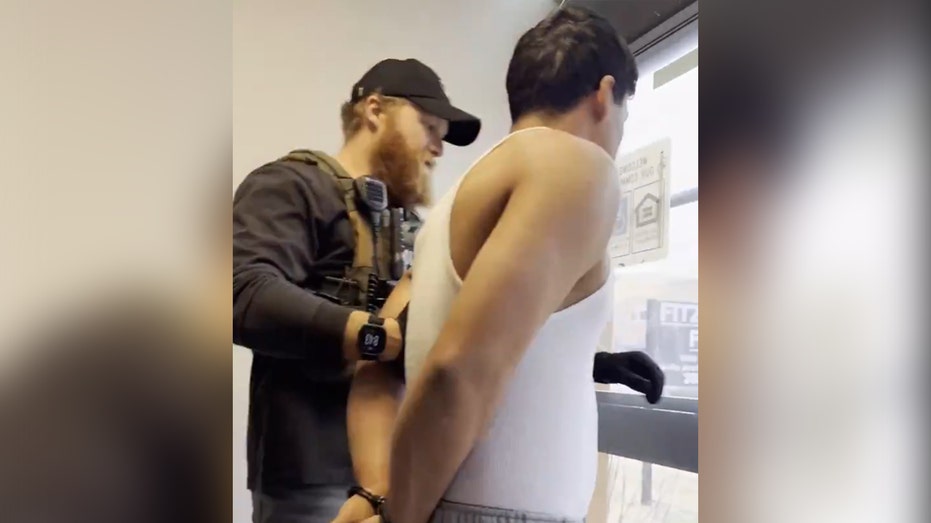







![[DEALS] iScanner App: Lifetime Subscription (79% off) & Other Deals Up To 98% Off – Offers End Soon!](https://www.javacodegeeks.com/wp-content/uploads/2012/12/jcg-logo.jpg)









